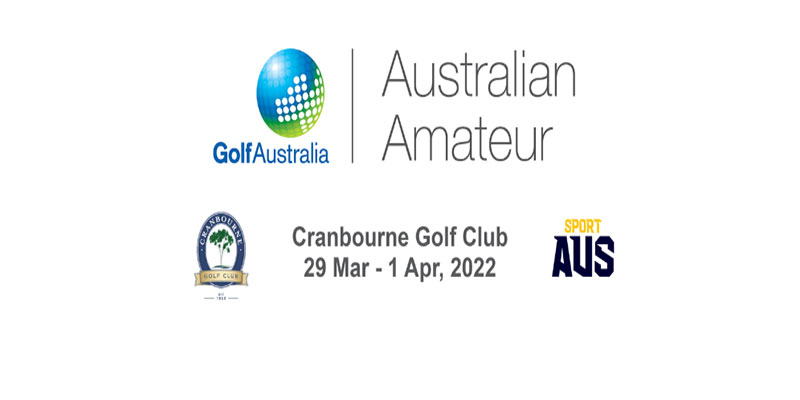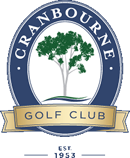
Club Fitting
Having your clubs custom made for you, is critically important so as to be able to perform at your optimum level. The purchase of new clubs is not a decision to be taken lightly as there are many factors to take into account before you get them.
When purchasing a set of clubs it is important that any decision is based around making the ball work better.
Factors that need to be tested to determine what is best for you are:-
- Length of club
- Lie of club
- Head design of the club
- Flex of the shaft
- Material of the shaft
- Torque of the shaft
- Weight of shaft
- Grip size
- Grip material
- Lofts of the clubs
With the massive changes to equipment over the last 10 years, we thought it was important to describe the features and their associated benefits of each category of golf clubs.
Drivers
The key component to any driver is to get the ball to fly at the correct trajectory to ensure maximum distance and accuracy. As such there are 2 different types of drivers designed for different players.
Essentially when choosing a driver, we need to determine whether you need a driver designed for a player who can generate a large amounts of clubhead speed and therefore also large amounts of backspin or a driver designed for a player with lower clubhead speed, lower spin and also lower launch angles.
The key is to understand how these two types of Drivers differ and which type is right for you.



Irons
Irons are available in 3 different styles, once again with the view of who the player the club is aimed at.
For the really good player who generates high clubhead speed and wants the ability to shape the ball, then they would use a blade or narrow soled type of club,small heads with very little offset.
The majority of players should use a club that has a medium sized clubhead and sole width, and slight amount of offset so as to help get the ball airborne for their clubhead speed but also to help make the ball fly straight and longer.
The third type of club is for the player with low clubhed speed, who therefore does not hit the ball that high but wants more distance.



Wedges
The key determining factors regarding wedges are loft and bounce angle. The loft is determined by the distance you need to hit the golf ball and the bounce is determined by the angle of attack you approach the ball with. The steeper your angle of attack is, the more bounce you will require. The shallower your angle of attack is, the less bounce you will require.


Putters
Putters come in many shapes and sizes and perform better for players with certain setup and stroke characteristics. Depending upon how you swing the putter, will determine whether you will tend to putt better with a face balanced putter, a 45 degree toe hang putter or a 90 degree toe hang putter. The more vertical your setup is and subsequently the straighter your putting stroke is, the more face balanced your putter will be. The lower your hands are at address and the more rounded your putting stroke is, then the more toe hang you are likely to like and perform better with.



Enquiries
Contact Golf 3 on (03) 5991 3456 or email proshop@cranbournegolf.com.au
